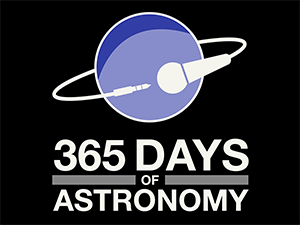
Of course, we would be remiss when talking about Jupiter’s clouds if we didn’t mention the Great Red Spot, and conveniently, research has been published about that famous storm.
Dr. Scott Bolton is the lead author on a new paper published in Science that looks at just how deep this 16,000-kilometer storm that astronomers have been observing for 400 years goes. His team used the same microwave instrument as in our previous story, and they found the storm extends well below the altitude where we expect water and ammonia to condense. These results suggest that there are deeper processes such as precipitation and downdrafts at work and could connect the interior of the gas giant with its deep atmosphere.
A second study in Science led by Marzia Parisi used gravity measurements from Juno and further constrained the depth of the Great Red Spot to no more than 500 kilometers; however, the zonal jets surrounding the story can reach depths of almost 3,000 kilometers. Giant storms, indeed.
More Information
Juno spacecraft data probes depth and structure of Jupiter’s Great Red Spot (EurekAlert)
“Microwave observations reveal the deep extent and structure of Jupiter’s atmospheric vortices,” S. J. Bolton et al., 2021 October 28, Science
“The depth of Jupiter’s Great Red Spot constrained by Juno gravity overflights,” Marzia Parisi, 2021 October 28, Science



